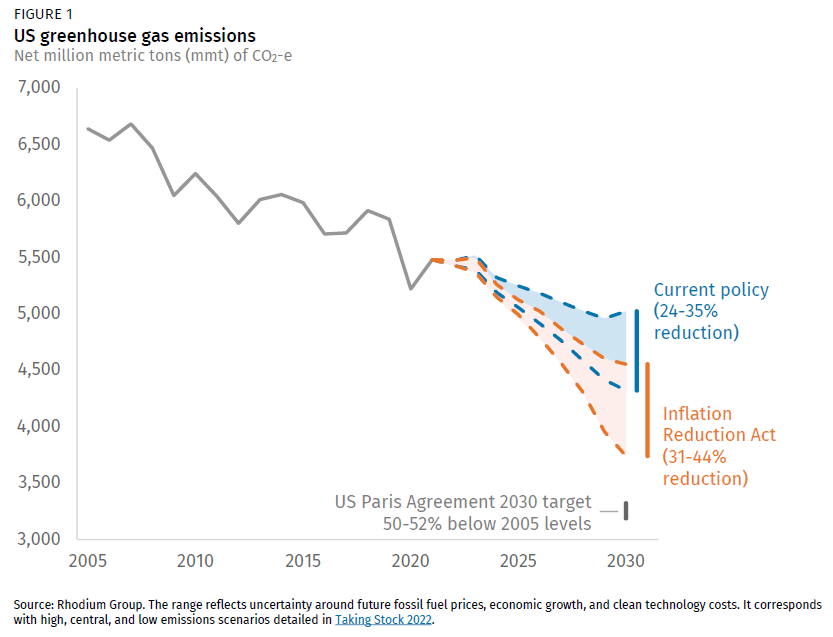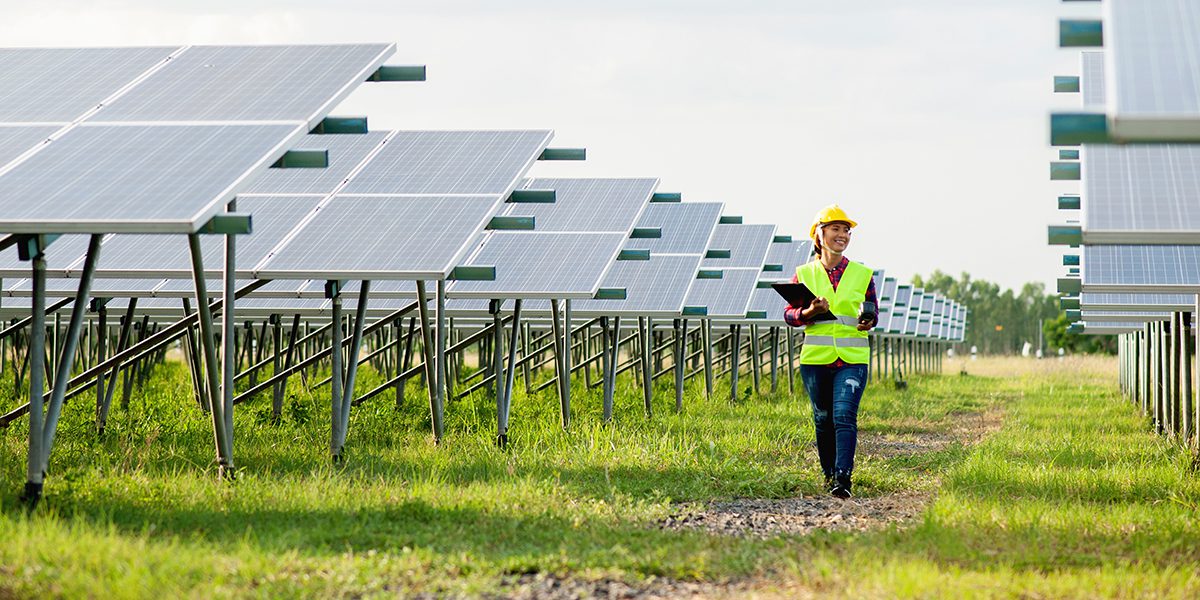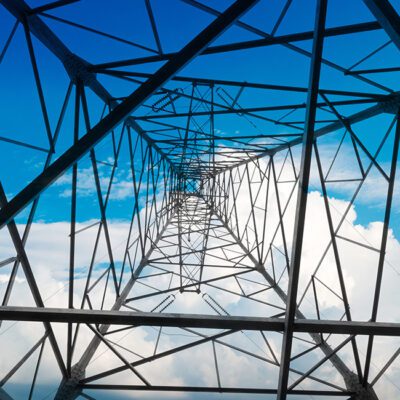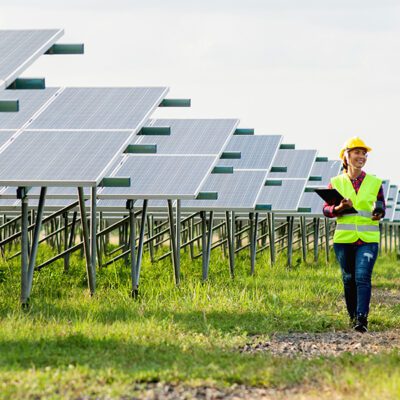Joy Lu contributed to this post.
After almost a year-long negotiation, Senator Manchin and Senate Majority Leader Schumer managed to reach an agreement on a reconciliation bill that includes a staggering $369 billion for climate. If enacted, this legislation will be the single biggest US federal action taken on climate change to date, by a wide margin.
The Infrastructure Reduction Act (IRA) is very good for the clean energy industry and, particularly, for corporate buyers that are voluntarily adopting renewable energy and other low-carbon solutions. Corporate sustainability leaders can reasonably expect this bill to “grease the wheels” of decarbonization in a major way.
IRA Benefits for Clean Energy Buyers
This is a massive piece of legislation brimming with tax credits for many types of clean technologies. Here are the details that we believe are most relevant to our clients with renewable energy goals.
Tax credits for clean electricity
The biggest impact from the bill is through extending and, in some cases, increasing the clean electricity tax credits, which in turn should lower the cost of clean electricity for buyers.
In the short term, the tax credits might just blunt rising prices from supply chain obstacles and other recent market complications, but in the longer term they will help to actually bring prices down. Major input commodities such as steel, aluminum, and copper have come well off their highs, but polysilicon prices, a key ingredient in solar panels, remain quite high, and it can take months for price reductions to percolate through the supply chain and result in lower equipment and power purchase agreement (PPA) pricing.
The ten-year extension of the tax credits, through at least 2032, is the longest extension by far that renewables have ever had and would help to bring greater certainty to the market. These projects can take three to five years to develop, so the longer runway to get them completed will help lower completion risk for developers, attract more low-cost capital to the industry, and provide signals to renewable energy equipment manufacturers that more investment in manufacturing capacity is a good bet.
The bill also allows more flexibility in Commercial Operation Dates (CODs) for projects, which would help projects be more patient until input costs come back down.
Here are the specific provisions we see as being most impactful on the market:
- The Production Tax Credit (PTC) and Investment Tax Credit (ITC) would be extended for 10 years at the full value (2.5 cents/kWh for the PTC and 30% for the ITC) but only if prevailing wages are paid and there is a qualified apprenticeship program.
- Tax credits convert to a technology neutral tax credit after 2024 (through 2032) for any technology that meets a low carbon standard. All non-emitting renewable electric sources will qualify.
- There is a 10% bonus tax credit if equipment or materials are at least partially sourced domestically.
- There is a 10% bonus tax credit for siting <5 MW of solar, wind, or solar + storage in a low-income community or on tribal land.
- There is a 20% bonus tax credit for projects associated with a low-income residential building project or qualified low-income economic benefit project.
- There is a 10% bonus tax credit for electricity produced in “energy communities” (e.g., brownfield site, tract, or adjoining tract where a coal mine or coal-fired power plant was retired in 2010 or later).
Tax credits for domestic solar and wind manufacturing
In addition to the credit above that is aimed at developers who use components manufactured domestically, there are credits available directly to domestic manufacturers of clean energy equipment. These provisions should accelerate construction of new manufacturing capacity in the US, although it may take two or three years for new capacity not already in the works to come online.
In the long run, these provisions will help to diversify supply chains in the industry, protect the industry from trade policy uncertainty, and prevent the kinds of supply crises like we have grappled with the last couple of years.
The bottom line: IRA benefits for clean energy are huge. The clean energy tax credits would translate into lower, or at least more stable, costs, and increased project availability. Both factors would be extremely helpful for achieving your renewable energy and climate goals.
A Big Milestone for US Climate Action
Many knowledgeable observers had lost faith that the US could achieve its goal of reducing carbon emissions by 40% by 2030 (from 2005 levels), and this bill restores the possibility of actually meeting that goal. The renewables industry is stoked about the potential this bill unleashes and will be laser focused on getting this bill over the finish line in the coming weeks.




